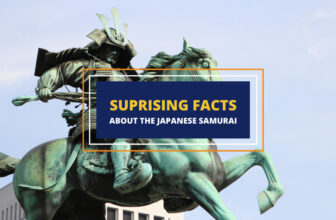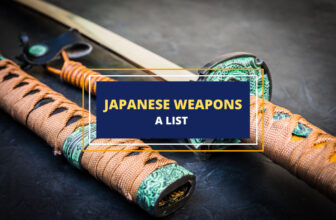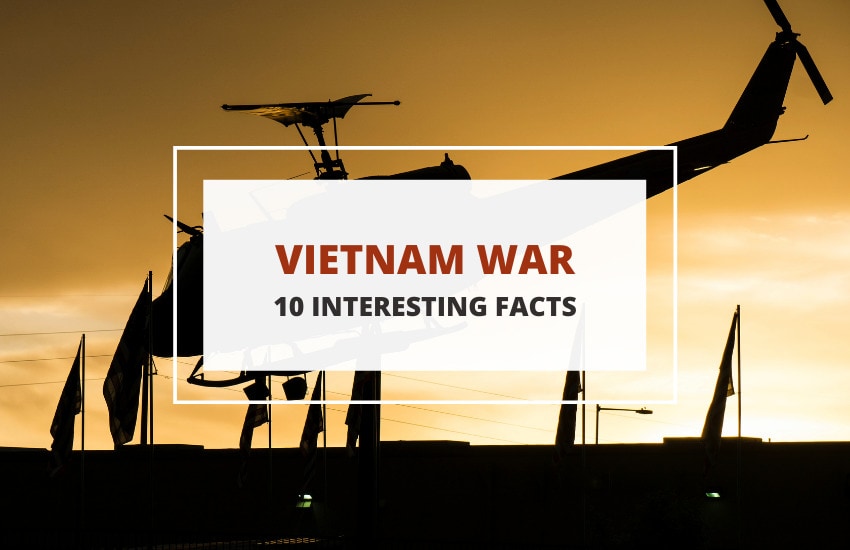
Table of Contents
The Vietnam War, also called the American War in Vietnam, was a conflict between the forces of North and South Vietnam. It was backed by the U.S. military and its allies and lasted from 1959 to 1975.
Although the war began in 1959, it was a continuation of a civil conflict that began in 1954 when Ho Chi Minh announced his desire to establish a socialist republic of North and South Vietnam, which would be opposed by France and later on, by other countries.
The Domino Principle
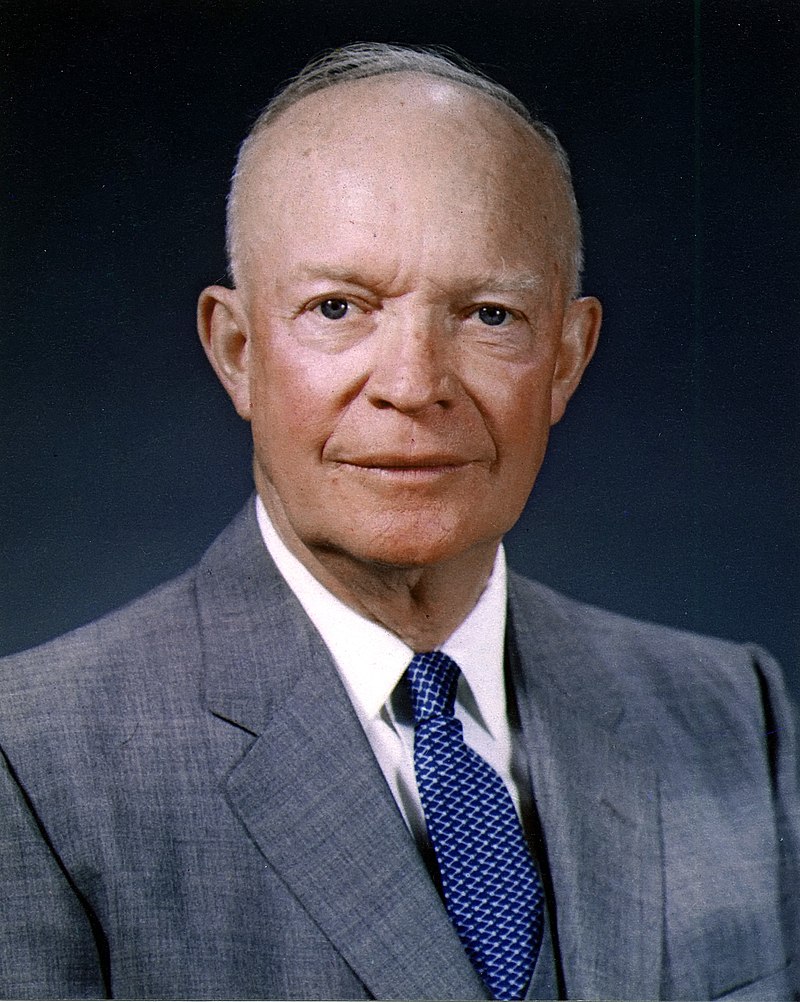
The war began with the assumption that if one country fell to communism, it was likely that the other countries in Southeast Asia would follow the same fate. President Dwight D. Eisenhower regarded it as the “domino principle”.
In 1949, China became a communist country. Over time, North Vietnam came under the rule of communism as well. This sudden spread of communism prompted the U.S. to offer assistance to the South Vietnamese government, providing money, supplies, and military forces in its fight against communism.
Here are some of the most interesting facts of the Vietnam War that you may not have heard of before:
Operation Rolling Thunder
Rolling Thunder was the code name for the joint United States Air Force, Army, Navy, and Marine Corps air campaign against North Vietnam, and was conducted between March 1965 and October 1968.
The operation began on March 2, 1965, by raining bombs against military targets in North Vietnam and continued until October 31, 1968. The goal was to destroy the will of North Vietnam to continue fighting by denying their supplies and destroying their capacity to mobilize soldiers.
The Birth of the Ho Chi Minh Trail
The Ho Chi Minh trail is a network of paths that was built during the time of the Vietnam war by the North Vietnamese Army. Its purpose was to transport supplies from North Vietnam to Viet Cong fighters in South Vietnam. It was made up of many interconnected paths that passed through thick jungle terrain. This greatly helped with the transportation of essential goods because of the cover the jungle offered against bombers and foot soldiers.
The trails were not always visible, so soldiers were careful when navigating them. There were many dangers in the trails, including mines and other explosive devices left behind by both sides of the war. Traps were also feared by soldiers, who were trying to scout these trails.
Booby Traps Made the Lives of Soldiers Miserable
The Viet Cong typically laid terrifying traps for the pursuing U.S. troops to slow their advancements. They were often easy to make but were made to do as much damage as possible.
One example of these traps was the insidious Punji sticks. They were made by sharpening bamboo stakes, which were later planted inside holes on the ground. Afterward, the holes were covered by a thin layer of twigs or bamboo that was then skillfully camouflaged to avoid suspicion. Any unfortunate soldier that would step on the trap would get their foot impaled. To make things even worse, the stakes were often covered with feces and poison, so the wounded were more likely to get nasty infections.
Other traps were made to exploit the tendency of soldiers to pick up war trophies. This tactic was especially effective when used on flags because U.S. troops liked taking down enemy flags. Explosives would set off whenever someone tries to remove the flag.
These traps were not meant to always kill a soldier. Their intention was to maim or incapacitate someone to slow down the American troops and ultimately hurt their resources since the injured needed treatments. The Viet Cong realized that an injured soldier slows down the enemy much more than a dead soldier. So, they made their traps as damaging as possible.
One example of a gruesome trap was called the mace. When the tripwire is triggered, a wooden ball of log riddled with metal spikes will fall down, impaling the unsuspecting victim.
Operation Ranch Hand Caused Cancers and Birth Defects
Aside from traps, Vietnamese fighters also utilized the jungle to their fullest extent. They used it to camouflage themselves effectively and, later on, this tactic would prove useful in guerilla warfare. U.S. troops, while having the upper hand in warfare technology and training, struggled against the hit and run tactic. It also added to the psychological burden on the soldiers, since they would have to constantly be wary of their surroundings to avoid any attack while inside the jungle.
To combat this concern, South Vietnam asked for the assistance of the United States to remove the foliage in order to take away the advantage of enemies who hid in the jungle. On November 30, 1961, Operation Ranch Hand began green lit by President John F. Kennedy. This operation was meant to destroy the jungle to prevent the Viet Cong from hiding and to cripple their food supplies from crops.
One of the most heavily used herbicides at that time was “Agent Orange”. The United States National Cancer Institute conducted studies that uncovered the harmful effects of the chemicals. It was later discovered that a by-product of its usage can cause cancer and birth defects. Due to this discovery, the operation was ended, but it was too late. Over 20 million gallons of chemicals had already been sprayed over a vast area while the operation was active.
People who were exposed to Agent Orange suffered crippling illnesses and disabilities. According to official reports from Vietnam, around 400,000 people have suffered death or permanent injury caused by the chemicals. Aside from that, since the chemical can linger inside the human body for decades, it is estimated that 2,000,000 people contracted illnesses from exposure and half a million babies were born with birth defects as a result of genetic damage that Agent Orange had done.
Napalm Turned Vietnam into a Fiery Hell
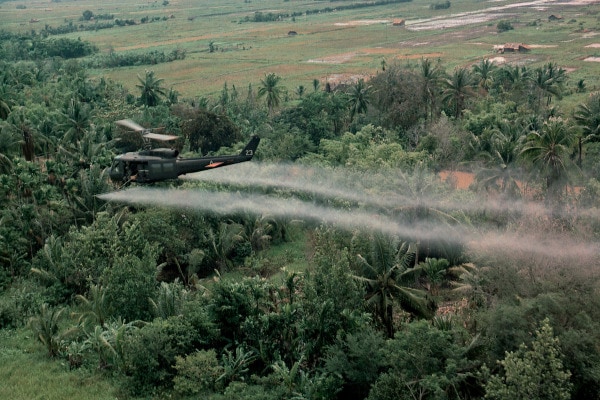
Aside from raining down cancer-causing chemicals from their planes, U.S. troops also dropped a massive number of bombs. Traditional bombing methods rely on the skill of the pilot to drop the bomb on the exact target while also avoiding enemy fire since they have to fly as close as possible to be accurate. Another method was dropping multiple bombs in an area at a higher altitude. Both were not that effective, since the Vietnamese fighters often hid themselves in thick jungles. That’s why the US resorted to napalm.
Napalm is a mixture of gel and fuel that was designed to easily stick and spread fire. It was used on jungles and possible sites where Vietnamese fighters hide. This fiery substance can easily burn down a huge chunk of land and it can even burn on top of water. It eliminated the need for pinpoint accuracy to drop bombs because they just had to drop a keg of napalm and let the fire do its job. However, civilians were often also affected by the uncontrollable fire.
One of the most iconic photos coming from the Vietnam war was of a naked girl running from a napalm attack. Two villagers and two of the girl’s cousins were killed. She was running naked because her clothes had been burned by napalm, so she had had to rip them off. This photo sparked controversy and widespread protests against the war efforts in Vietnam.
Key Weaponry Issues
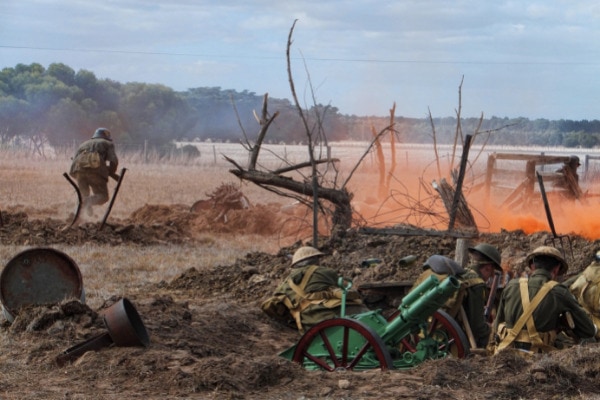
The guns that were given to the U.S. troops were riddled with problems. The M16 rifle was promised to have more power while being lightweight, but it didn’t manage to deliver its supposed strengths on the battlefield.
Most encounters happened in jungles, so the guns were prone to accumulating dirt that would eventually cause them to jam. Cleaning supplies were also limited, so having them cleaned on a regular basis was a challenge.
Those kinds of failures during the heat of battles can be dangerous and often fatal. Soldiers were then forced to rely on enemy AK 47 riffles as their primary weapon due to their reliability. There was also an underground market for enemy weapons to cater to soldiers who didn’t want to gamble their fate with the faulty M16 rifles.
Most Soldiers Actually Volunteered
Contrary to the popular belief that the military draft unfairly targeted vulnerable demographics during the war, statistics show that the draft was actually fair. The methods that they used to draw the draft were completely random. 88.4% of the men who served in Vietnam were Caucasian, 10.6% were black, and 1% other races. When it comes to deaths, 86.3% of the men who died were Caucasian, 12.5% were black, and 1.2% were from other races.
While it is true that some people did everything that they could to dodge the draft, two-thirds of the soldiers volunteered to join the war. Only 1,728,344 men were drafted during the Vietnam War, compared to 8,895,135 men in World War II.
McNamara’s Folly
Aside from the normal randomized drafting during the war, there was a different selection process that was going on. Robert McNamara announced project 100000 in the 1960s, apparently to solve the inequality to disadvantaged individuals. This demographic included people with below-average physical and mental capacity.
They were liabilities in the middle of combat, so they were usually employed away from it. The initial goal of the project was to give these individuals new skills that they would be able to utilize in civilian life. Even though it had good intentions, it was met with significant criticism and the returning veterans failed to incorporate the skills that they had learned in their civilian lives.
The program was seen as exploitative and as a big failure. In the eyes of the public, the listed individuals were just used as cannon fodder, so the image of the American military took a huge hit. It took years for it to regain the public’s trust.
Death Toll
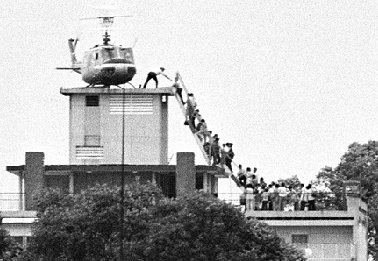
It is estimated that up to 3 million civilians, North Vietnamese, and Viet Cong fighters perished during the conflict. This official estimate of deaths wasn’t released to the public by Vietnam until 1995. The livelihoods of the people were severely devastated because of the constant bombing, use of napalm, and spaying of toxic herbicides. These effects are still being felt to this day.
In Washington, D.C., the Vietnam Veterans Memorial was erected in 1982 to pay tribute to the people who died or went missing while serving in Vietnam. It contained the names of 57,939 US military personnel and the list has expanded since then to include the names of other people who hadnot been initially included.
In Conclusion
The Vietnam War resulted in millions of deaths and was the only conflict that, up until then, ended in defeat for the American military. It continued for years and was a costly and divisive operation for the Americans, resulting in anti-war protests and turmoil at home.
Even today, the question of who won the war has no clear-cut answer. There are arguments for both sides, and while the United States did eventually withdraw, they suffered fewer casualties than the enemy and they had defeated communist forces for most of the main battles of the war. In the end, the American goal of restricting communism in the region failed as both North and South Vietnam was eventually united under a communist government in 1976.





